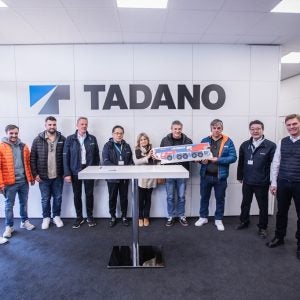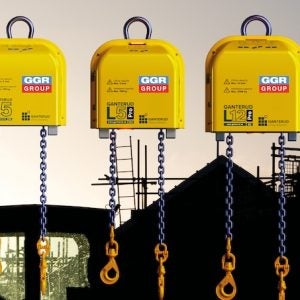But it could also come at a cost, as some are vulnerable to cybersecurity threats. I came across a number of news stories on cyber attacks faced by manufacturers in recent years.
Through cyber-attacks, criminals can hold a manufacturer's production line hostage, as they can stop key processes. We all know that this is catastrophic for manufacturers, as they want to avoid downtime at all costs. This is the reason why they attract many ransomware cyber attacks, with the attackers asking for large amounts of money in order to remove the virus.
The first time I heard about a cyber attack on a manufacturer was from a BBC News video in 2019 called 'How one ransomware attack cost ?45m to fix'. The video covered the cyber-attack on Norwegian aluminium producer Norsk Hydro which saw 22,000 computers at 170 sites around the world going offline after the hack. The company managed to keep the plant running manually, bringing back long-retired employees to help. The message from the attackers said: "Your files are encrypted with the strongest military algorithms; without our special decoder it is impossible to restore the data." The company refused to cave in to the cyber criminal's demands for money and spent ?45m trying to restore their business to full strength.
In January, crane and lifting solutions manufacturer Palfinger announced that it has been a target of a cyber attack. The manufacturer said at the time: "IT infrastructure is disrupted at the moment (including sending and receiving emails, ERP systems). A large proportion of the group's worldwide locations are affected." In order to resume production and sales as quickly as possible and to ensure planning security for its customers and partners, Palfinger said it made use of all available options. System recovery efforts were successfully implemented.
"Our highly standardised and centrally operated IT infrastructure enabled us to get a grip on this complex situation quickly and efficiently. We have also implemented optimisations of our IT security in the last few weeks in a very short time and earlier than previously planned. We continue to pursue the path of constant further development and standardization of our IT systems, which ensures IT security and reliability in the operating and business processes at a high level,” said Palfinger’s CFO Felix Strohbichler.
The manufacturer successfully ramped up production a few weeks later, with CEO Andreas Klauser saying that the company has emerged stronger after the attack.
With the cyber-crime organisations becoming more sophisticated it makes optimised IT security essential for all businesses.
Sotiris Kanaris, Editor
sotiris.kanaris@cranestodaymagazine.com






